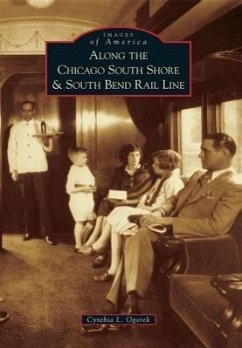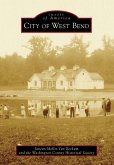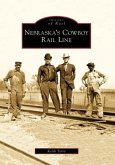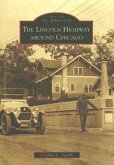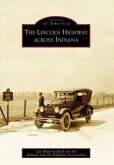Starting in 1901 as a three-mile-long trolley line in East Chicago, Indiana, the Chicago South Shore and South Bend Railroad expanded in 1908 to connect South Bend, Indiana, with Chicago, Illinois. Once a treasure in the Sam Insull utilities empire, today it is the only functioning electric interurban in the United States. From a world-class city through rolling agricultural acres, from steel mills through a national lakeshore, some 200 vintage photographs illustrate the unique view of the Calumet region that South Shore passengers have traditionally enjoyed. Images of rolling stock, passenger depots, excursion destinations, and historic sites along the way combine to reveal the century-long story of the railroad and its 90-mile corridor.
Hinweis: Dieser Artikel kann nur an eine deutsche Lieferadresse ausgeliefert werden.
Hinweis: Dieser Artikel kann nur an eine deutsche Lieferadresse ausgeliefert werden.

